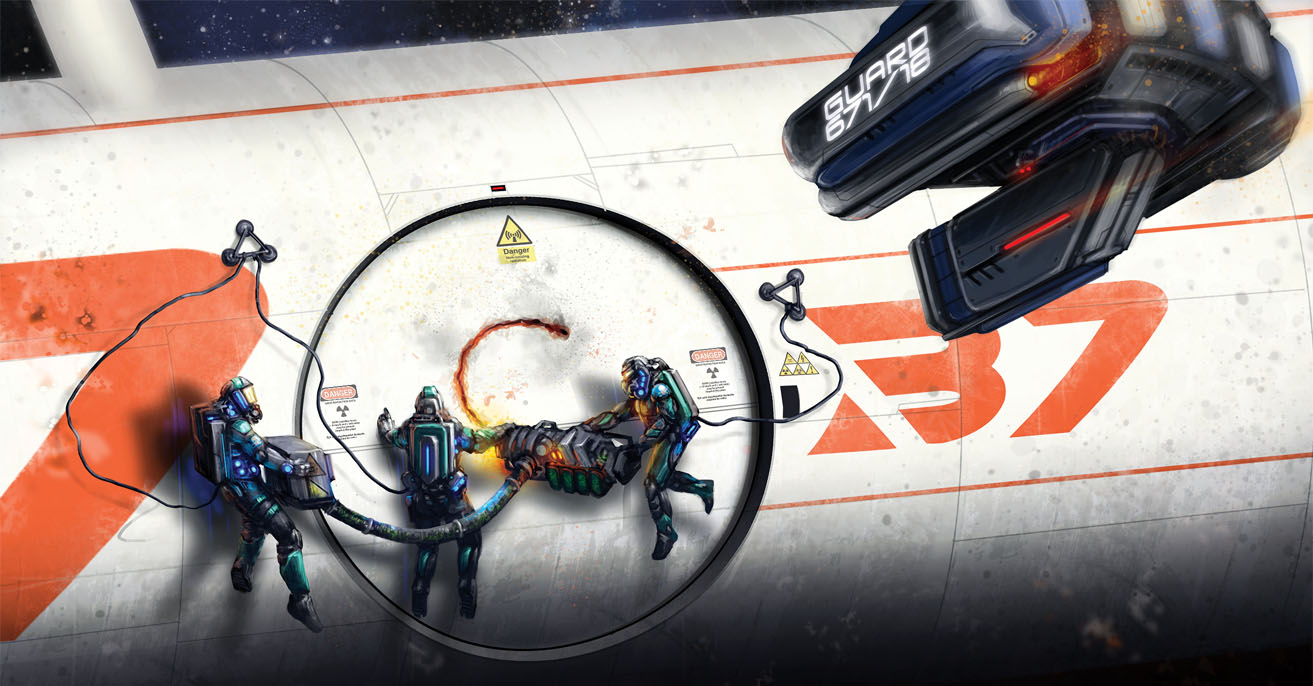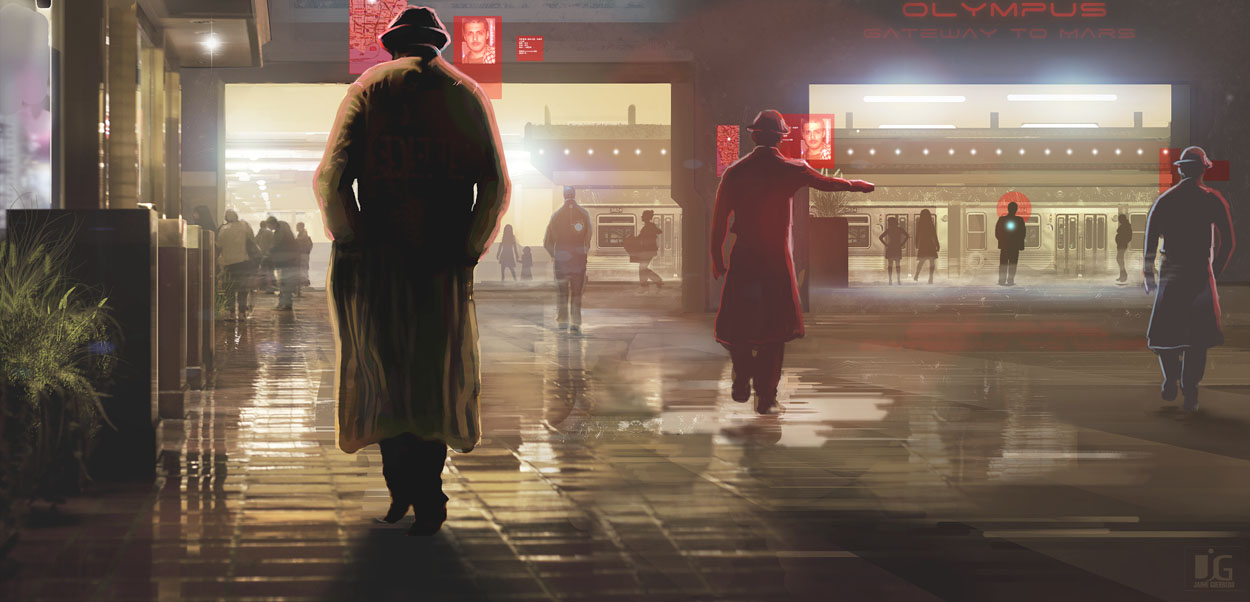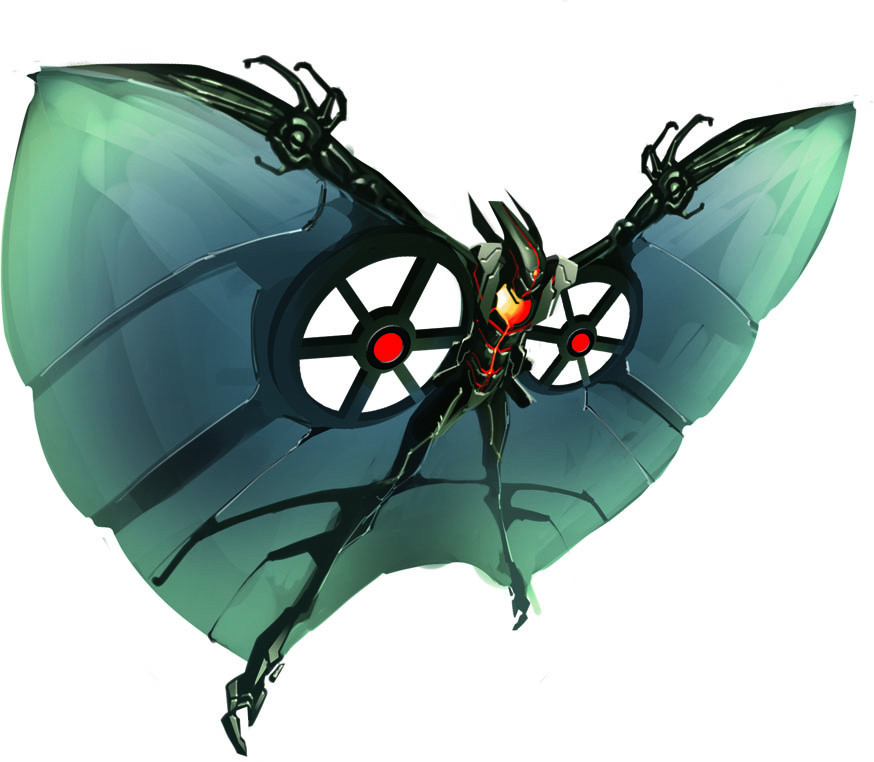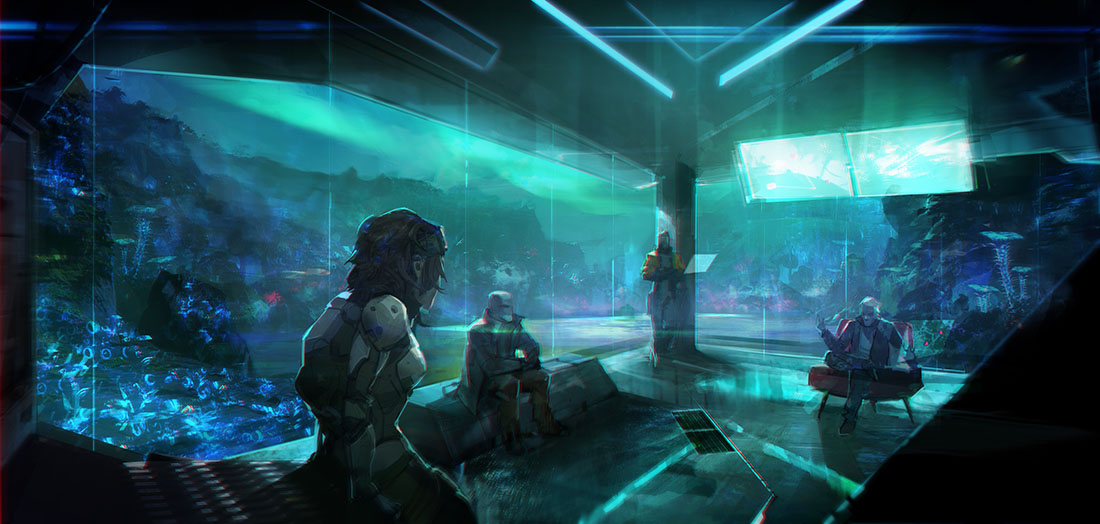ACTIVE SCANNING vs. ACTIVE SEARCHING
Since we’re discussing perception-type tests, let’s swap from passive perception tests to active perception tests for a little coda of sorts.
When it comes to active perception tests, there is a distinction between what I’m going to call searching (tossing a room, feeling for hidden seams on the wall, running your fingers under the edge of a table) and scanning (peering out into the darkness beyond your campfire, doing a manual spectrum-analysis with the ship’s sensors, holding your breath and listening intently).
This distinction between searching and scanning is one that I find most games either struggle with or ignore entirely, and I think this also reflects common GMing practice. I didn’t fully grok the distinction myself until it got repeatedly pushed in my face running the Tomb of Horrors: Trapped in a cycle of paranoia and terror, the players wanted to search for traps without touching anything (because touching it could trigger the very disaster they were trying to avoid).
In combination with passive perception, this essentially creates three tiers of perception:
- Not actively looking. (Passive Perception)
- Actively looking, but not physically interacting. (Scanning)
- Actively looking while physically interacting. (Searching)
(I use the word “physically” here, but the same conceptual breakdown can apply to non-physical scenarios: For example, the difference between noticing a hostile malware attack, actively scanning a program without loading it into memory, and actively scanning a program while running it. Or unexpectedly noticing that a girl on the far side of the bar is smiling at you vs. specifically scanning a social event in order to identify the Skrull shapeshifter vs. actually joining the party and talking to people to see if you can get the Skrull to slip up.)
These conceptual tiers exist even when the system doesn’t necessarily distinguish between them, so I’ve found it useful, when approaching a new system, to give a little thought to how I want to handle them.
For example, 3rd Edition D&D distinguishes between passive perception (Listen/Spot checks) and active perception with physical interaction (Search checks). You can also have active perception at a distance if you spend an action to take an additional Listen/Spot check. For my house rules, I stated that passive Spot checks can be made against Search DCs at a -20 penalty and that Search checks could be made without physical interaction at a -10 penalty. (Collectively, this creates a zone of overlap between the skills and provides guidance for the previously uncovered zone between the two.)
DIVIDED PERCEPTION
As the example of D&D suggests, the difference between passive perception, scanning, and searching is not the only way perception skills can be divided. They are also often divided by different methods of perception (Listen vs. Spot, for example). In other cases, there may be only one skill, but it may come baked with a preconception about which sense(s) are involved in perception (Call of Cthulhu, for example, only has a Spot Hidden skill).
Regardless, I think it’s important not to get stuck on the idea that sight is the only sense that can be used to notice things. Get sound and scent and touch involved.
Also give some thought to how you can adjudicate situations in which the “wrong” sense is used to perceive something. Can you “hear” a secret door, for example? Maybe if there’s an unusual movement of air or some dim and distant sound echoing from beyond it. Normally you’d expect to detect an invisible person by listening for them, but if you were attentive enough couldn’t you perhaps notice the slight depression of the carpet beneath their feet?
In the case of D&D, I simply applied appropriate penalties for this sort of thing as the situation warranted. I eventually got tired of the divide between Listen and Spot for a number of different reasons (low utility from the division, causes problems with stealthy approaches, chews up skill points, etc.) and conflated them into a single Perception skill. This required figuring out what the effective loss of a particular sense would entail (not being able to see the invisible; not being able to hear in a zone of supernatural silence) and after some experimentation I went with a simple -10 penalty per sense you’re effectively lacking against a particular target.
Pathfinder went even further, conflating Listen, Spot, and Search all into a single Perception skill. But this actually provides something of a cautionary tale, because they failed to clearly establish a 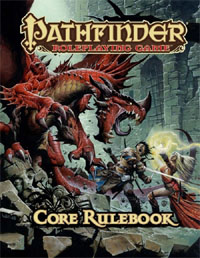 methodology for passive vs. active Perception tests, and thus rather bungled the result: If you strictly follow the rules as written, you don’t actively search for traps in Pathfinder. Perception tests default to being reactive (i.e. passive) and nothing in the rules for traps overrides that default. This does not appear to have actually been the designer’s intention, however, because, among other things, there’s a class ability which allows the Rogue to reactively notice traps they come within 10 feet of (which would be meaningless if that was, in fact, the default rule for all characters).
methodology for passive vs. active Perception tests, and thus rather bungled the result: If you strictly follow the rules as written, you don’t actively search for traps in Pathfinder. Perception tests default to being reactive (i.e. passive) and nothing in the rules for traps overrides that default. This does not appear to have actually been the designer’s intention, however, because, among other things, there’s a class ability which allows the Rogue to reactively notice traps they come within 10 feet of (which would be meaningless if that was, in fact, the default rule for all characters).
The point here is not that there needs to be a mechanical distinction between passive perception and active searching or between hearing and seeing or any other such division. Maybe such distinctions aren’t relevant to you or meaningful within the abstraction of the mechanics in the system you’re using. Or if there is a mechanical distinction, maybe that isn’t reflected in varying difficulty levels (as in my 3rd Edition D&D house rules). D&D 5th Edition, for example, distinguishes between passive perception and active perception (the former using a flat value vs. DC, the latter using a random roll vs. DC), but doesn’t vary the difficulty of the check based on whether you’re standing in the doorway looking into a room or actively tossing the joint.
The point is that these broad conceptual distinctions will arise naturally out of fiction-first declarations of intention and method during play, and because perception-type tasks are so ubiquitous and so frequent, you are going to want to have a very clear procedure for handling them in a way that both maximizes their effect and cleanly keeps the game moving forward.

